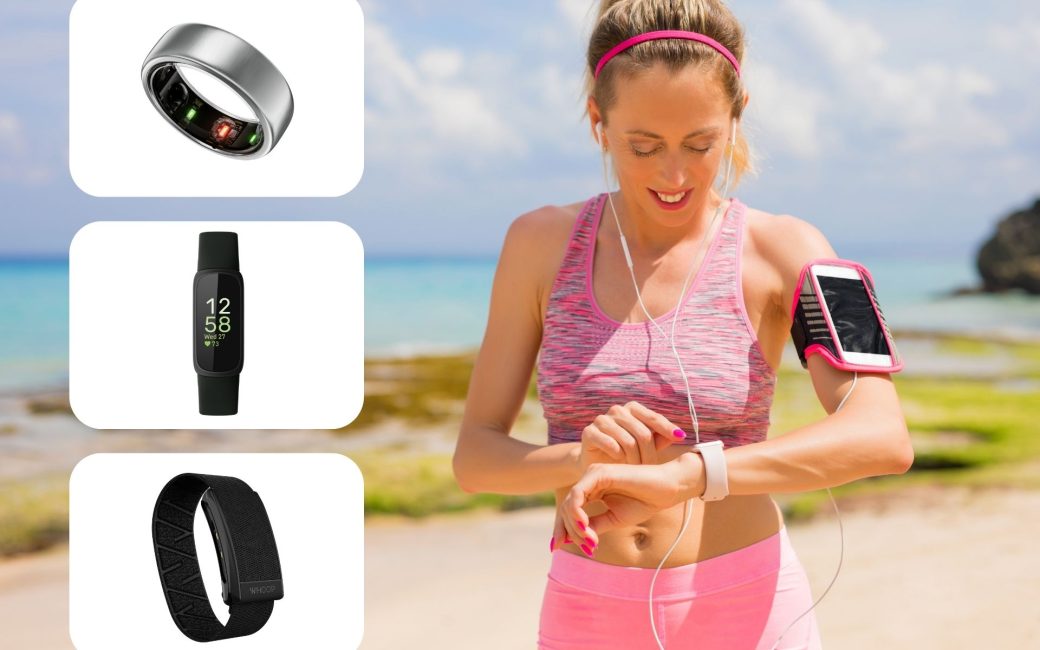Unleashing the power of wearable technology in healthcare
Wearable technology aids in improving healthcare outcomes in various ways. What sets these apart from your standard blood pressure cuff monitors, pulse oximeter, or other devices you see in a doctor's office or other medical setting, is the fact that these are devices you can wear every day. Here's how to make the most of them.
December 7, 2023 | Robert Mahlman, PT, DPT, OCS

Healthcare is a rapidly evolving landscape in which wearable technology has emerged as a game changer by offering individuals, an unprecedented opportunity to take control of their well-being. Wearables provide continuous monitoring and personalized insights which aid in exercise performance, recovery, nutrition, and overall stress management.
Wearable technology aids in improving healthcare outcomes in various ways. What sets these apart from your standard blood pressure cuff monitors, pulse oximeter, or other devices you see in a doctor's office or other medical setting, is the fact that these are devices you can wear every day. From Apple Watches to Oura Rings, FitBits to Whoop Straps, there are plenty of options for everyone.
When it comes to exercise, we are all used to wearables that will track steps, calories burned, and even heart rate while exercising. But with the current wearable technology, your average heart rate and current heart rate, heart rate variability, respiratory rate, stress levels, and even an EKG can be provided to you pre, during and post workout. This information is important with exercise as it allows the individual to see how their body responds to a specific program during the activity, and after. You can personally determine how hard the workout is, not only by a subjective feel, but also by the metrics your wearable provides.
Something that has become more important in optimizing your health and exercise is how you recover. While there are various ways you can promote recovery, such as getting appropriate sleep, mindfulness and massage therapy, wearable technology provides insight on how well those recovery tactics work on your body specifically. For example, after a stressful day or difficult workout, you may notice certain metrics will be out of their usual range. Then, by using certain recovery techniques, you can see how long and how effectively they return to baseline. This is important as it can help with managing injury risk, and overall optimization of an exercise program.
The use of wearable technology allows the average person to gain insight on their bodies, response to activities or stress, and then make an educated decision with objective data on how to recover best from that stress and build a program around it. With wearable technology, you are able to monitor your overall health regularly and watch for trends. This is some thing that when used appropriately can help decrease risk of injury across all ages, improve overall quality of life and health, and decrease stress on the healthcare system by promoting more accountability from the individual.

Robert Mahlman
Robert Mahlman, PT, DPT, OCS, is a board certified orthopedic clinical specialist and certified Schroth therapist who specializes in the treatment of various orthopedic injuries, along with scoliosis and concussion management.
